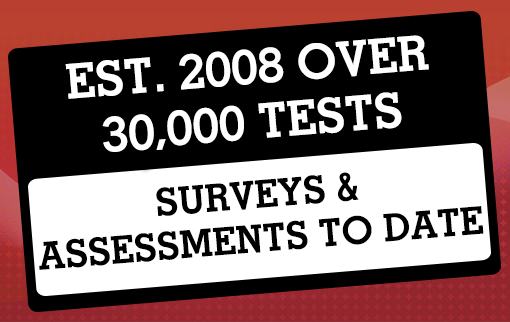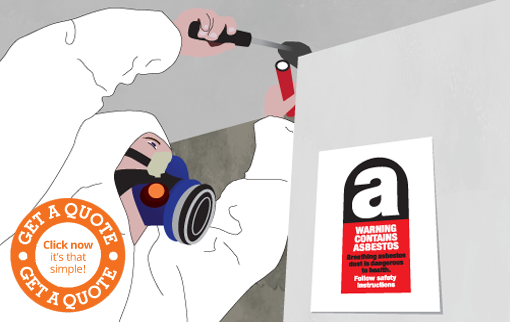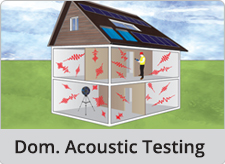Offices Nationwide

How loud is too loud?
Noise above 85 dBA over time will cause hearing loss. In general, the louder the noise, the less time required before hearing loss...more

Sound Insulation
Two parameters describe sound insulation; Dw and Rw. Dw is the insulation between rooms. Rw is the lab-tested insulation of a wall/floor...more
Thermal Bridging And Airtightness
Enhanced Construction Details

Thrapston - Asbestos Demolition Surveys - 0121 381 0129
The office that covers this area is: Birmingham
Phone Number: 0121 381 0129 Email: thrapston@e2consultants.co.uk
Asbestos_Survey is sometimes referred to as Fire Risk Assessment, Fire Risk Assessment, Fire Risk Assessment, Fire Risk Assessment, Fire Safety.
Asbestos Legislation
Under the Control of Asbestos Regulations 2012, it's the duty of the site owner of a commercial premise to identify and manage asbestos in and around the property.
A risk assessment must be undertaking by employeers for employees when work is likely to involve asbestos. This should include a plan of how the work is to be carried out as well as outline, and provide solutions to, any asbestos-related issues that may occur. All information must be kept up-to-date and available to anyone who may work or disturb the asbestos containing material (ACM).
Where Can Asbestos Be Found?
Generally speaking, people through Thrapston think Asbestos is just for insulation and found in the roof or a wall. Though true, Asbestos can also be used in toilet cisterns, Artex, water tanks (pre-1980), fire insulation, floor tiles, boilers and flash guards.
What Is Asbestos?
Asbestos is a set of six naturally occurring silicate minerals mined from rocks and used commercially for their desirable physical properties. The trade and use of asbestos has been restricted or banned in many jurisdictions in Thrapston.
Though three types have been widely used in building materials there are actually types of asbestos. The main ones are Chrysotile (white), Amosite (brown) and Crocidolite (blue). Blue is usually the most dangerous followed by brown and then white.
Surveyor Qualifications
All of our surveyors are holders of the BOHS (British Occupational Hygiene Society) P402 qualification - the statutory proficiency certificate in 'Building Surveys and Bulk Sampling for Asbestos'. E2 Consultants have a professional and friendly approach and our surveying team are here to help. We will work with you to create a cost-effective method and approach to your situation, to speak to one our consultants call now on 0800 043 8100 or send your query to Asbestos-Survey@e2consultants.co.uk.
We're qualified in asbestos refurbishment, management and demolition surveys for industrial, commercial and domestic buildings covering Thrapston. Where required can also undertake a Commercial EPC in a cost-effective package.
What's Involved In An Asbestos Survey?
An asbestos management, or type 2, survey will have one of surveyors taken samples of suspected asbestos throughout a building before sending them off to a lab. Whilst at the property, each room and the materials used will be noted. If a room is locked or otherwise inaccessible this will be noted too as there will remain a possibility of asbestos within.
A refurbishment/demolition survey, formally a type 3 survey, will be, as the name suggests, more destruction than a management survey. This will involve a surveyor accessing areas where future work is to be undertaken by knocking through a wall or drilling into floor slabs. This is to ensure that when the property is destroyed or altered that the next team in won't risk tampering with asbestos themselves that could be damaging to their health.
Our other services include:
Asbestos Demolition Surveys can also be known as:
Asbestos Management Survey, Commercial Asbestos Survey, Commercial P402R Asbestos Survey, Commercial P402 Asbestos Survey, Commercial Asbestos Refurbishment Survey, Asbestos Demolition Survey, Commercial Asbestos Management Survey, Commercial Asbestos Demolition Surveys, Asbestos Refurbishment Survey, P402R Asbestos Survey, Asbestos Survey, P402 Asbestos Survey,


Copyright 2025 E2 Specialist Consultants Limited
Company No. 06728970








































